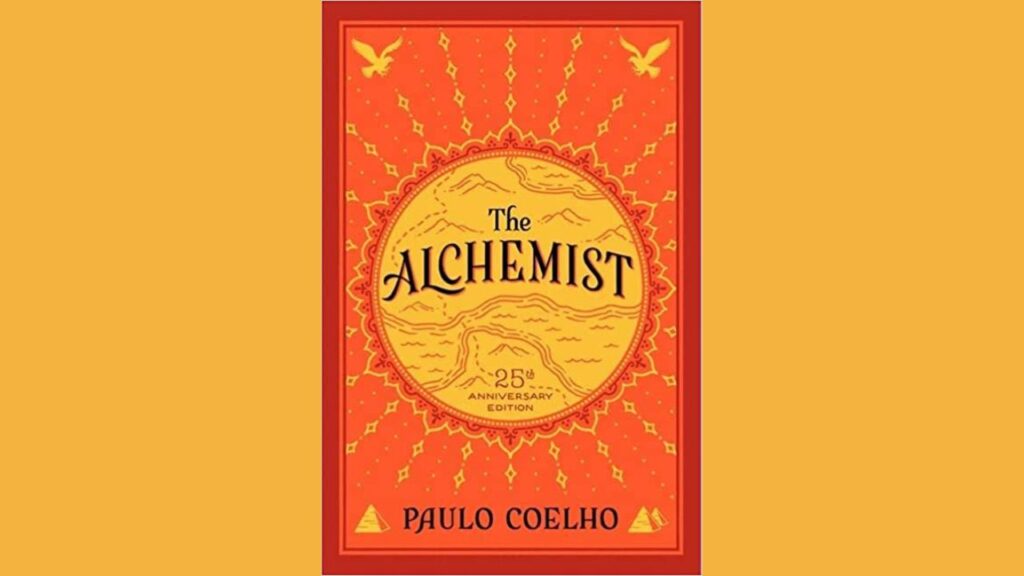
Student Notes – The Strange Case of Dr. Jekyll and Mr. Hyde by Robert Louis Stevenson
Introduction:
The Strange Case of Dr. Jekyll and Mr. Hyde, written by Robert Louis Stevenson and published in 1886, is a novella that delves into the themes of duality, morality, and the dark side of human nature. This student note provides an analysis of the novella, including an introduction, setting, historical context, characters, plot summary, key themes and symbolism, analysis and discussion points, and a conclusion. The story follows the respected London doctor, Henry Jekyll, and his alter ego, the sinister Edward Hyde.
Setting:
Victorian London:
- The novella is set in the bustling and repressive society of Victorian-era London.
- The contrast between the refined and respectable exterior and the hidden darkness beneath serves as a backdrop for the story.
Historical Context:
- The Victorian era was characterized by a strict moral code and repressive societal norms.
- Stevenson explores the tension between the desire for respectability and the inherent capacity for evil within individuals.
Characters:
Dr. Henry Jekyll:
- A well-respected doctor and scientist who becomes consumed by his experiments and the desire to separate his good and evil selves.
- Represents the struggle between the desire for respectability and the allure of forbidden desires.
Edward Hyde:
- Dr. Jekyll’s alter ego, a smaller, sinister, and morally corrupt version of himself.
- Symbolizes the darker, repressed aspects of human nature.
Mr. Utterson:
- Jekyll’s lawyer and friend, who becomes increasingly concerned about Jekyll’s relationship with Hyde.
- Serves as a moral compass and the primary narrator of the story.
Plot Summary:
- The story revolves around the investigation conducted by Mr. Utterson into the mysterious relationship between Dr. Jekyll and Mr. Hyde.
- As the narrative unfolds, it becomes clear that Jekyll has found a way to transform himself into Hyde, unleashing his darker impulses and desires.
- The consequences of Jekyll’s experiments and the dual nature of his identity are explored, leading to a tragic and unsettling conclusion.
Key Themes and Symbolism:
Duality of Human Nature:
- The novella examines the concept of the dual nature of humanity, with Jekyll representing the struggle between good and evil within individuals.
- Hyde symbolizes the repressed desires and darkness that exist beneath the surface.
Morality and Repression:
- The story delves into the restrictive Victorian moral code and the consequences of suppressing one’s true desires and impulses.
- Jekyll’s attempt to separate his good and evil selves ultimately leads to chaos and destruction.
Identity and Selfhood:
- The exploration of Jekyll’s dual identity raises questions about the nature of identity and the extent to which one’s actions define who they are.
- The transformative power of Jekyll’s experiments serves as a metaphor for the potential for personal transformation and the consequences of unchecked desires.
Analysis and Discussion Points:
- The influence of Darwinian theories of evolution and the emerging field of psychology on the exploration of duality in the novella.
- The role of Victorian society and its repressive values in shaping the characters’ behavior and motivations.
- The symbolic significance of the physical transformations experienced by Jekyll and Hyde.
Conclusion:
The Strange Case of Dr. Jekyll and Mr. Hyde by Robert Louis Stevenson is a haunting exploration of the duality of human nature and the consequences of suppressing one’s true desires. Through its vivid depiction of the struggle between good and evil, the novella raises profound questions about identity, morality, and the human capacity for transformation. Stevenson’s work continues to captivate readers, serving as a cautionary tale about the dangers of repressed desires and the importance of embracing one’s true self.





